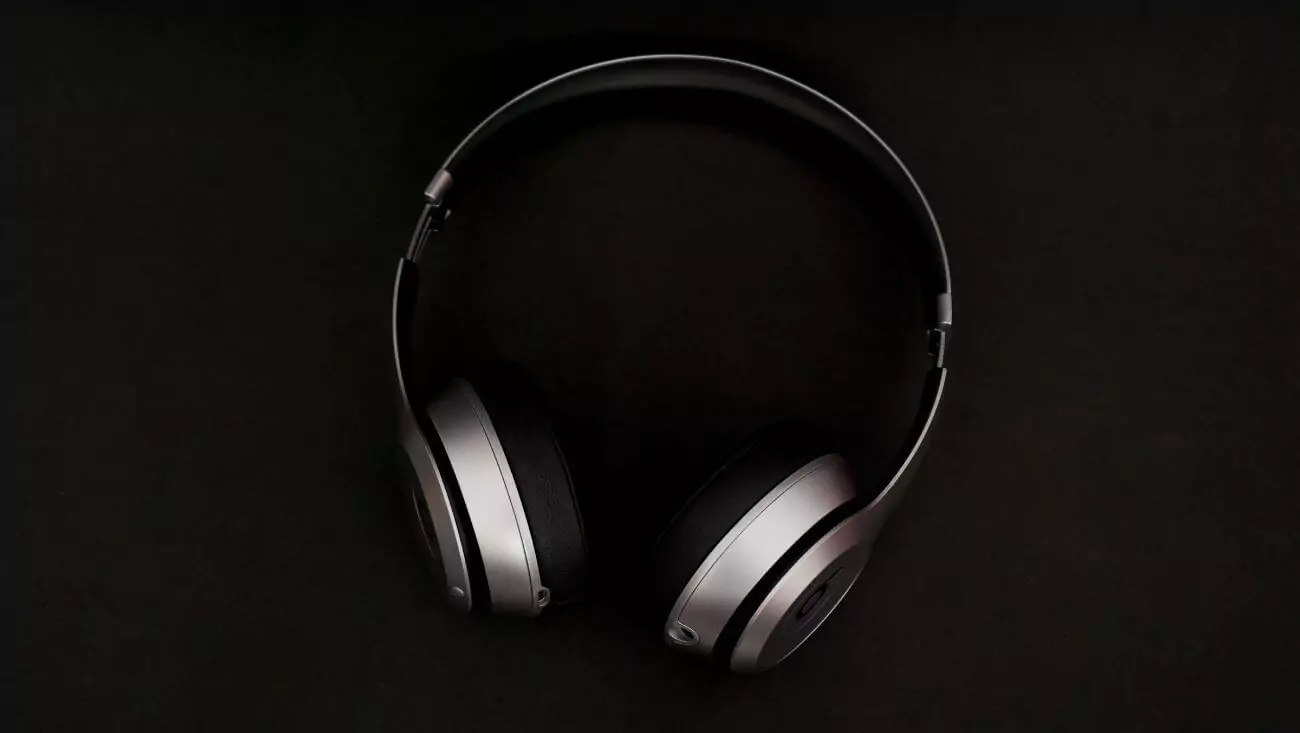A revolutionary development in AI technology has emerged with the unveiling of new headphones capable of translating multiple speakers in real time while cloning their voices in immersive 3D sound. Announced by University of Washington researchers on May 9, 2025, this innovation promises to transform multilingual communication by preserving the natural tone, direction, and qualities of each speaker’s voice. As AI continues to reshape how we interact with technology, these headphones could redefine global conversations, though they also spark discussions around accuracy, privacy, and accessibility.
The AI-powered headphones leverage advanced algorithms to process and translate the speech of multiple speakers simultaneously, a significant leap beyond existing translation tech that typically handles only one speaker at a time. What sets this system apart is its ability to clone voices and deliver them in 3D audio, making it feel as though each translated voice is coming from the speaker’s actual position in the room. According to the researchers, the system tracks speakers as they move, maintaining the spatial direction and expressive qualities of their voices. This builds on recent AI language advancements, but adds a layer of immersion that could make multilingual interactions feel more natural, whether in a bustling marketplace or a global business meeting.
This technology has the potential to break down language barriers in unprecedented ways. Imagine attending an international conference where participants speak different languages, and these headphones allow you to hear everyone in your native tongue, with each voice sounding distinct and lifelike. The system’s voice-cloning feature ensures that the translated speech retains the speaker’s unique tone and style, enhancing the personal connection in conversations. This aligns with other AI-driven communication tools, such as Gemini AI for kids, which aim to make technology more intuitive and user-friendly across diverse demographics.
However, the technology isn’t without challenges. Accuracy remains a concern, particularly for complex languages, dialects, or heavy accents, where mistranslations could lead to misunderstandings. The researchers noted that in testing, users preferred a 3-4 second delay over a shorter 1-2 second window, as the system made fewer errors with the longer processing time. Privacy is another critical issue, as the headphones must analyze and store voice data to function, raising questions about how that data is secured. Similar privacy concerns have surfaced with other AI systems, like DeepSeek AI, prompting calls for robust data protection measures. Additionally, the potential for voice cloning to be misused—such as in creating deceptive audio—echoes broader cybersecurity threats seen in recent phishing scams.
The University of Washington team is actively addressing these challenges as they refine the technology for commercial use. They’ve tested the system in various indoor and outdoor settings, with positive feedback from participants who valued the spatial audio feature. However, the hardware requirements, which include compatibility with devices like Apple’s M2 chip, suggest that the headphones might initially be expensive, potentially limiting accessibility. This mirrors trends in other AI hardware developments, where cutting-edge tech often comes with a premium price tag before becoming widely affordable.
Looking ahead, the researchers aim to improve the system’s accuracy and address ethical concerns, such as ensuring responsible use of voice-cloning capabilities. They’re also exploring ways to make the headphones more cost-effective, which could democratize access to this technology. If successful, these AI headphones could become a staple in settings like international travel, education, and diplomacy, much like how AI innovations have already streamlined developer workflows. For now, the team is focusing on real-world testing in multicultural environments to further enhance the system’s performance.
This breakthrough underscores the growing role of AI in bridging communication gaps, particularly in an increasingly globalized world. It also highlights the need for careful consideration of the ethical and practical implications of such technologies. What are your thoughts on these AI headphones, and how might they change the way we communicate across languages? Share your insights in the comments—we’d love to hear your perspective on this transformative tech.







